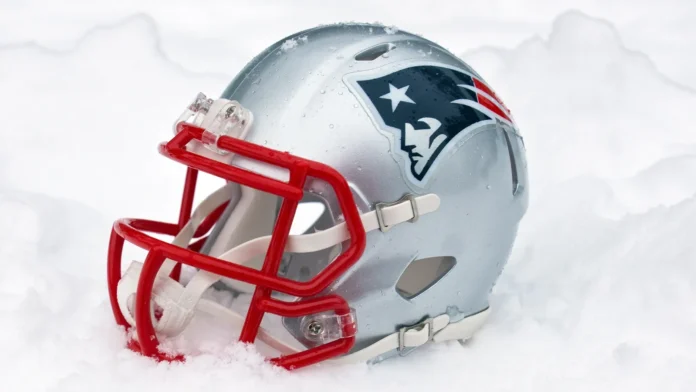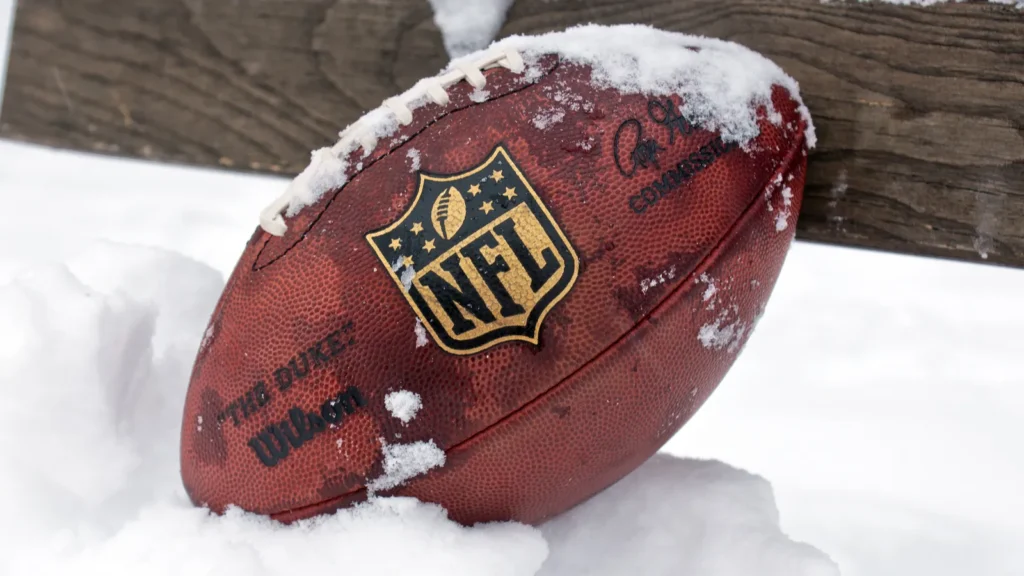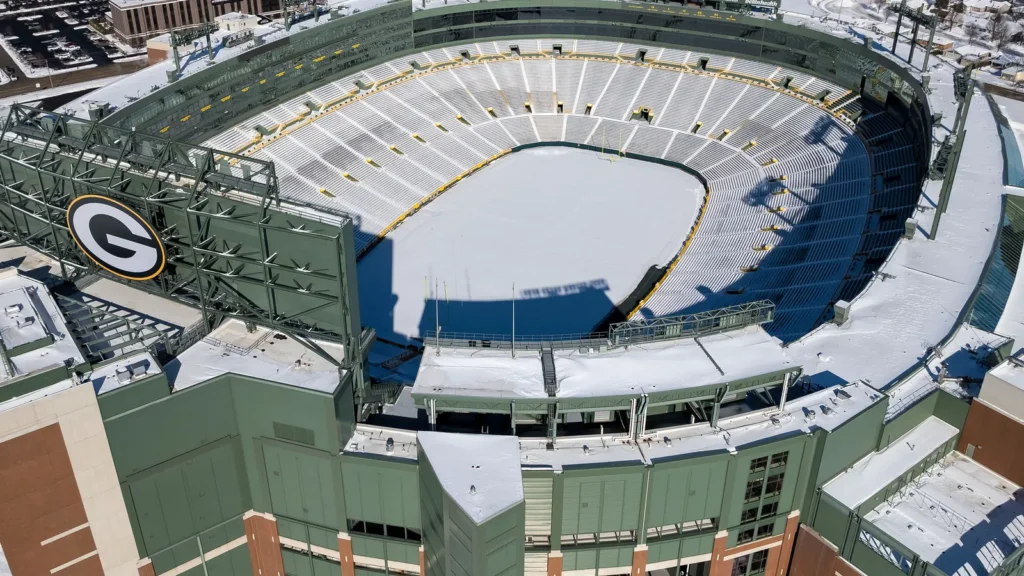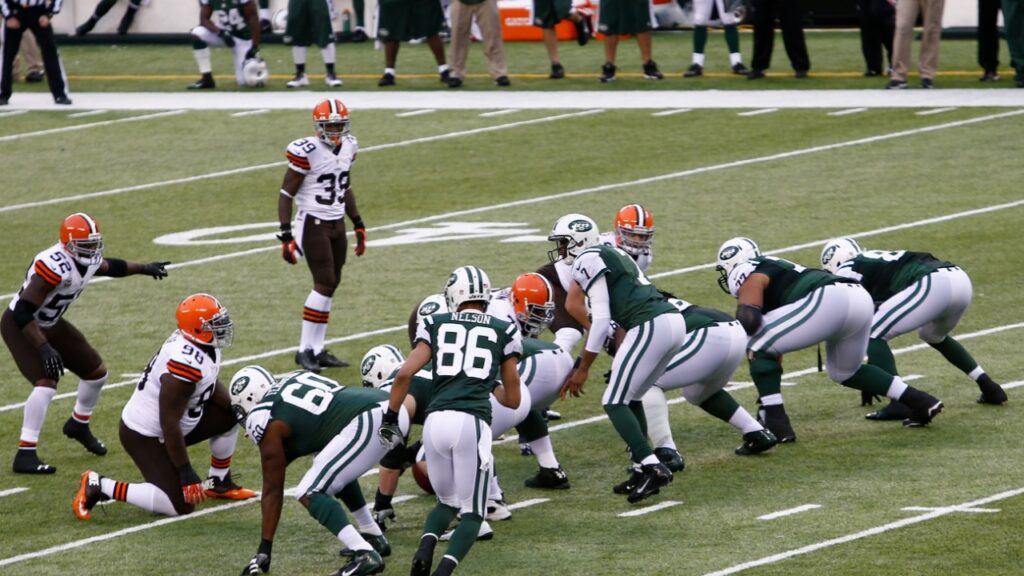
Weather might seem like just the background to a football game, the blue sky, a light breeze, maybe a drizzle. But in reality, weather can shape the flow, strategy, and even the result of a football game. From blazing heat to freezing cold, from heavy rain to strong winds, each condition can change how players perform and how coaches plan.
Whether it’s the NFL or a high school matchup, the elements often play a role in determining who wins. This article explores how the weather affects football games and outcomes, with verified facts and real-world examples.
Impact of Temperature and Humidity

Heat
High temperatures do more than make players sweat. They affect energy, endurance, and decision-making. When the weather is hot, athletes risk dehydration and fatigue faster, leading to slower reactions and decreased performance.
Studies in sports science show that in hot conditions, players cover less distance and perform fewer high-intensity actions. When humidity rises, the body works even harder to cool down, which can cause overheating.
Teams playing in extreme heat often slow their tempo, use shorter plays, and substitute more often. Coaches emphasize hydration, cooling strategies, and sometimes adjust play-calling to conserve player energy. Games played in early afternoon sun or in warm southern states can especially test endurance.
Cold
Cold weather affects players in different ways. Muscles tighten, reaction times slow, and the ball becomes harder to handle. Passing and kicking accuracy may drop slightly because the ball stiffens in cold temperatures.
Players who come from warmer climates or play primarily in indoor stadiums often struggle more in freezing outdoor games. Teams used to playing in northern conditions, like Green Bay or Buffalo, tend to handle it better.
Coaches prepare for cold games with longer warm-ups, thicker uniforms, and play styles that favor running over passing. The cold also changes how special teams operate, as the football travels shorter distances when the air is denser.
What This Means for the Game
- In hot weather, expect shorter plays and more substitutions.
- In cold weather, passing and kicking efficiency drops slightly.
- Teams used to certain climates have an edge when playing at home.
- Running the ball often becomes a safer and more reliable option.
Rain, Snow, Wind, and Surface Conditions
Rain and Wet Conditions
Rain can make a football field a slippery obstacle course. Players lose traction, cutting becomes harder, and the ball becomes more difficult to grip. Passing accuracy often declines slightly because quarterbacks struggle to control the wet ball, and receivers have a harder time catching it.
Teams adjust by focusing on running plays and short passes. Coaches might reduce the number of deep throws and emphasize ball security. A wet ball and field reward teams that are physically tough and disciplined.
Snow and Ice
Snow adds another layer of difficulty, slowing down every part of the game. The ball can skid unpredictably, and footing becomes uncertain. Famous snow games like the 1982 “Freezer Bowl” and others have shown how extreme cold and snow can turn even the best passing offenses into ground-based teams. In such games, defense and field position often determine the outcome more than high-powered offense.

Wind
Among all weather factors, wind often has the most predictable impact. Strong wind can completely alter the flight of passes, punts, and field goals. When winds exceed 15–20 miles per hour, passing yards and field-goal accuracy tend to drop. Quarterbacks often throw shorter passes, punters adjust their angle, and coaches may choose to go for it on fourth down instead of kicking.
Wind direction can even affect play-calling, with teams favoring certain plays depending on whether they are moving into or with the wind.
Surface Conditions and Field Quality
Field conditions can change dramatically depending on rain, snow, or maintenance. A muddy or waterlogged field slows movement and reduces the ability to make quick cuts. Artificial turf drains faster but can become slick and lead to more slips.
Teams that play a physical style, focused on straight-ahead running and strong blocking, tend to perform better on poor surfaces. Fast, agile teams that rely on quick passing and sharp movements often struggle when traction is reduced.
How Strategy Changes
- Teams use shorter routes and more running plays in heavy rain or snow.
- Coaches may go for it on fourth downs instead of kicking in strong winds.
- Defenses gain an advantage when offenses can’t execute precision plays.
- Field position becomes more important, increasing the value of special teams.
Strategic and Psychological Effects

Pre-Game and In-Game Planning
Coaches plan for weather just like they plan for opponents. Forecasts influence everything from play-calling to practice sessions.
If rain is expected, coaches focus on the running game and shorter passes. When strong wind is predicted, teams emphasize ground play and ball security. In extreme heat, more water breaks and the rotation of players becomes crucial. In freezing weather, teams prioritize longer warm-ups, layered gear, and conservative strategies that limit turnovers.
Home Field and Weather Advantage
Teams that play in extreme climates have a built-in edge. Those accustomed to snow or cold weather often adapt faster than visiting teams. Similarly, teams that regularly play in high humidity or heat tend to perform better under those conditions.
Indoor teams often struggle outdoors in bad weather, especially when cold or wind is a factor. Stadiums at higher elevations or with open-air designs can also create conditions that favor home players familiar with local wind or air density.
Psychological and Safety Factors
Weather doesn’t only affect the body; it affects the mind. Players can lose focus faster in heat, feel frustration in constant rain, or experience numbness in the cold. These mental effects can lead to more mistakes or penalties.
Safety is a major concern, too. Games may be delayed due to lightning, severe storms, or extreme heat. Player protection, hydration, and awareness become priorities.
Weather can also influence fan energy. Poor weather sometimes dampens crowd noise and changes the overall atmosphere, subtly affecting team momentum and home-field advantage.
Impact on Outcomes
All these elements, temperature, precipitation, wind, and field conditions, add up to influence results. Weather doesn’t decide who wins, but it tilts the balance.
Teams that can adjust strategies, protect the ball, and manage conditions tend to come out ahead. Games in cold or windy weather usually see lower total scores, as offenses become more cautious and defenses thrive. Running teams and strong defensive squads often have the edge in bad weather, while high-powered passing teams excel in controlled, indoor environments.
Frequently Asked Questions
Does the weather really affect who wins a game?
Yes, but not directly. Weather shapes the conditions under which the game is played. A team that relies on speed and passing may struggle in rain or wind, while a team built on power running might excel.
Which weather condition has the biggest impact?
Wind is often the most consistent factor affecting football outcomes. It changes how passes, kicks, and punts travel. Rain and cold are significant, too, but wind tends to have the most measurable influence on performance.
In hot weather, does scoring always go lower?
Not always, but extreme heat reduces stamina and shortens bursts of energy. Teams may slow down the game, leading to fewer big plays, though overall scoring might not drastically drop.
How do teams prepare for bad weather?
Teams prepare through equipment adjustments, specialized warm-ups, and tailored game plans. They practice handling wet balls, use different cleats, and sometimes simulate conditions with sprinklers or fans in practice. Coaches monitor player hydration and safety, making sure strategies fit the weather forecast.
Can weather cause games to be postponed or canceled?
Yes, but it is rare. Only severe conditions like lightning storms, blizzards, or dangerous wind chills typically cause delays or cancellations. Safety for players and fans always comes first.
Conclusion
- Weather affects every aspect of football, from player performance to coaching strategy.
- Heat and humidity test endurance, while cold stiffens muscles and reduces accuracy.
- Rain and snow make fields slippery, favoring ground-based teams over passing ones.
- Wind consistently influences passes, punts, and field goals.
- Teams that prepare and adapt to conditions often gain a competitive edge.
- Weather is an invisible player in every game, shaping pace, rhythm, and sometimes, the final score.
Read More
- The Role of Team Chemistry in NFL Success
- Why the NFL Draft Is the Most Anticipated Offseason Event
- How Stadium Atmosphere Impacts NFL Games
This article was made with AI assistance and human editing.



